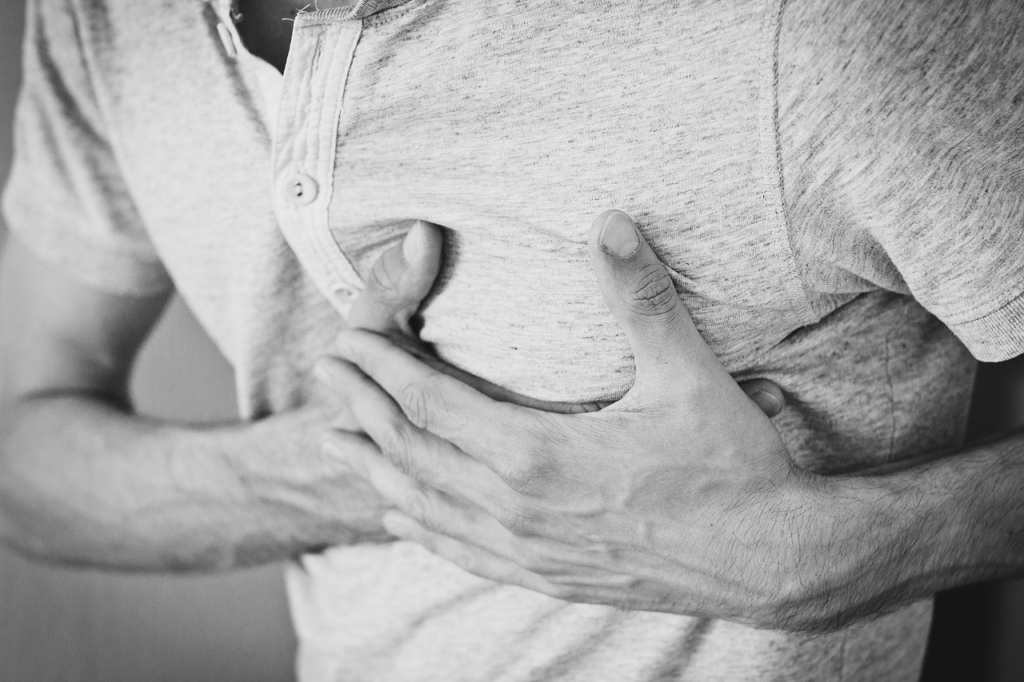Have you noticed yellowish deposits around your eyelids? These, known as xanthelasma, are more than just a cosmetic concern. They’re often a sign of high cholesterol levels, a major risk factor for heart disease.
Xanthelasma are composed of cholesterol and other fats that build up under the skin. They can appear as small, flat, yellowish plaques or bumps around the eyelids, particularly the inner corners. While they are generally harmless, they can be a sign of dyslipidemia, a condition where your blood has abnormal lipid levels.

Dyslipidemia significantly increases the risk of cholesterol building up on the walls of your arteries, potentially leading to restricted blood flow to vital organs, including the heart. This buildup can restrict blood flow to the heart, brain, and other areas of the body, increasing the risk of heart attack, stroke, and peripheral arterial disease.
A puffy or swollen face, especially around the eyes, can sometimes be a sign of underlying heart problems. While puffiness can result from a variety of causes, such as allergies or lack of sleep, persistent facial swelling may be a sign that your heart isn’t pumping blood effectively, leading to fluid retention in the tissues.

This condition, known as edema, can occur when the heart struggles to pump blood efficiently, causing fluid to accumulate in various parts of the body, including the face and lower extremities. If you notice unexplained or persistent puffiness in your face, particularly when accompanied by swelling in the legs or ankles, it could be worth discussing with a healthcare provider.
Fluid retention and swelling, especially in the lower parts of the body, can be early signs of heart failure. This swelling can sometimes manifest in the face as well, signaling that the heart may not be functioning optimally.
Hair loss, particularly a receding hairline or bald spots at the crown of the head, might be more than just a cosmetic concern. Several studies have suggested a strong link between male-pattern baldness and an increased risk of heart problems or disease, especially in men who already have other risk factors such as high blood pressure or high cholesterol.

In men with high cholesterol and severe baldness at the vertex, or crown of the head, heart disease risk was increased nearly threefold compared to men who had high cholesterol but were not bald. The connection between hair loss and heart disease could be due to elevated levels of male hormones, such as testosterone, which are associated with an increased risk of hardening of the arteries and blood clotting.
Another less obvious sign of potential heart problems is a diagonal crease on your earlobe, often referred to as “Frank’s sign.” Several studies have found a significant correlation between earlobe creases and coronary artery disease (CAD).

The earlobe crease may identify a subset of patients prone to early aging and to the early development of coronary artery disease, whose prognosis might be improved by early preventative measures. In another study, researchers examined the bodies of 300 individuals who had died from various causes and found a strong association between earlobe creases and cardiovascular-related deaths.
The appearance of these signs doesn’t necessarily mean you have heart disease, but they can be early indicators that something is amiss with your cardiovascular health. If you notice any of these signs, it’s a good idea to consult with a healthcare professional who can perform further evaluations and recommend appropriate preventative measures.
In rare cases, warning signs can occur months before an attack. By staying vigilant and seeking medical advice when you notice these signs, you can take proactive steps to protect your heart and overall health.
Your body often sends subtle signals when something isn’t right, and the signs on your face and head are no exception. While these indicators are not definitive proof of heart problems, they can serve as important clues that warrant further investigation. By paying attention to these subtle signs and seeking medical advice when necessary, you can take proactive steps to protect your heart and overall health.


